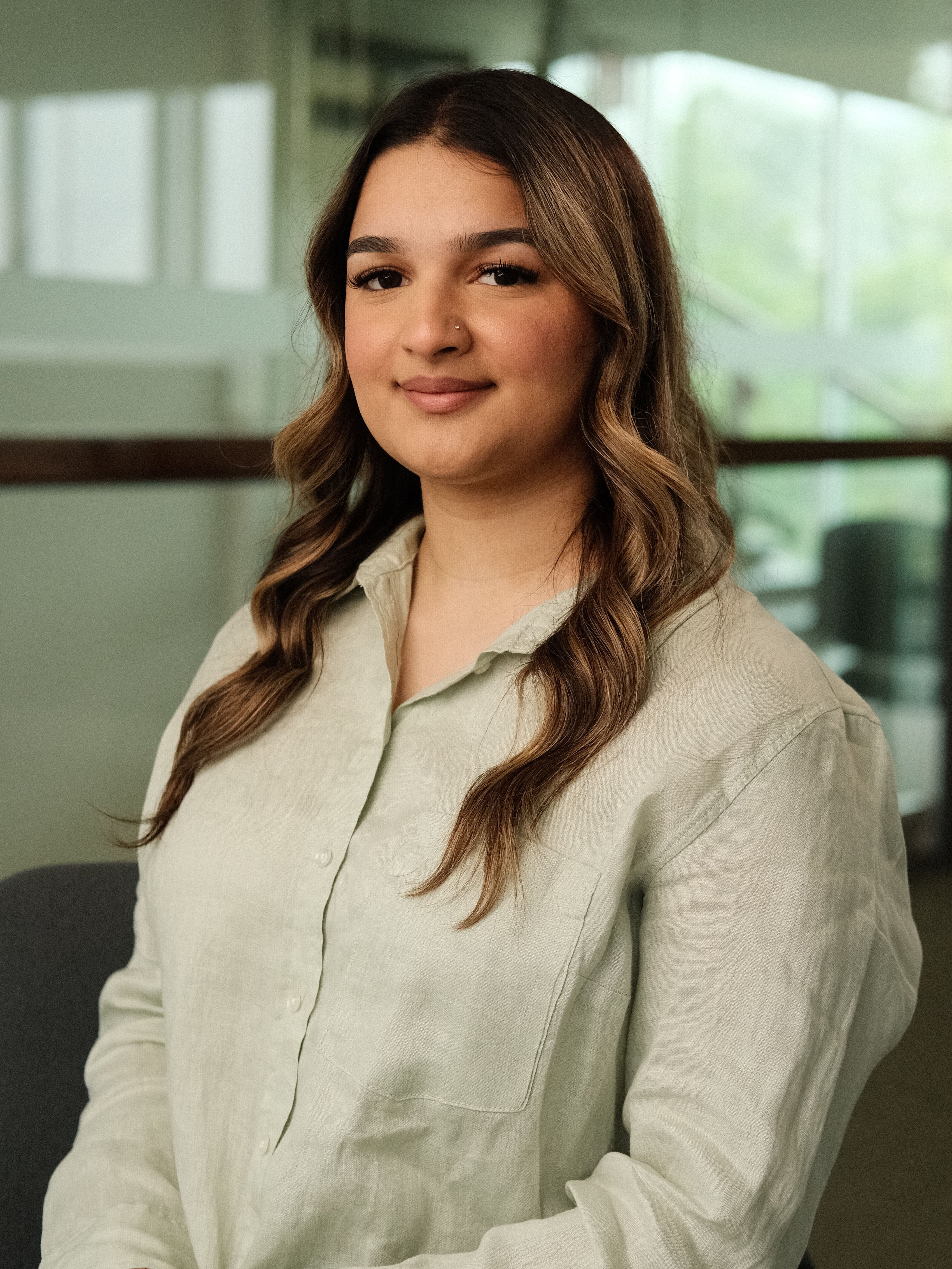
Waterloo co-op student publishes a children’s book
Co-op work term at SickKids Hospital inspires student to write a book to raise awareness about clubfoot

Co-op work term at SickKids Hospital inspires student to write a book to raise awareness about clubfoot
By Namish Modi Co-operative and Experiential EducationUnzila Shahzad, a University of Waterloo co-op student, recently wrote and published her own children’s book following a work term at SickKids Hospital. Shahzad’s book, Haseeb and Teddy: From Magic Boots to Magical Feet, adds a touch of magic to empower children with clubfoot while shedding light on the congenital condition. Clubfoot is present at birth which causes an infant’s foot to turn inward or downward because of a shortened Achilles tendon.
 As a health studies student, Shahzad saw many children come in with clubfoot during her work term at Toronto’s SickKids Hospital. She was inspired to go beyond her role as a research assistant to create awareness of the condition.
As a health studies student, Shahzad saw many children come in with clubfoot during her work term at Toronto’s SickKids Hospital. She was inspired to go beyond her role as a research assistant to create awareness of the condition.
“I never thought I would actually publish a book,” Shahzad says, who worked at the hospital in fall 2022 and winter 2023.
The book follows seven-year-old Haseeb who has clubfoot. For his birthday, he receives a teddy bear named Teddy, who bears the same clubfoot condition as Haseeb. The child’s job is to support Teddy through the clubfoot treatment journey, which includes casting, tenotomy and bracing.
“I want children with clubfoot to see that representation in children’s books,” she says. “But I also want children of all diverse backgrounds to see the lessons that are taught by Haseeb and Teddy through friendship, compassion, empathy and supporting loved ones through tough times.”
Shahzad saw many young patients during her co-op term, from infants to five-years-olds, who came into the hospital with clubfoot. There were also children who came in with relapse clubfoot and were more aware of their condition.
Shahzad published her book in May 2023 with the goal of helping children to understand the condition and what to expect as a child with clubfoot. A high school classmate of Shahzad’s illustrated the book which is available on Amazon.
The process to complete the book began in November and wasn’t an easy one. It required several versions, a manuscript and a thorough editing process. The hospital played a big role in the process as physiotherapists, research assistants and Shahzad’s supervisor helped in the review process.
Shahzad believes her journey through the development of the book will help her in future endeavours. She is planning to pursue a career in medicine.
“I want to be a doctor, but more importantly than that I want to be a good person,” Shahzad says. “I want to be a better person. When I leave this world, I want people to advocate for the person I was. That’s the type of clinician I want to be and the type of person I want to be.”
As part of her regular duties at the hospital, Shahzad conducted research and worked on coordinating data with hospitals across Europe. During previous co-op work terms, she also worked with LifeLabs and the Toronto Raptors.
In March 2020, Shahzad was working at a daycare when the COVID-19 pandemic hit. She used the design platform, Canva, to create a book which helps kids have a better understanding about the pandemic while conducting virtual workshops. This project helped inspire her to eventually write Haseeb and Teddy: From Magic Boots to Magical Feet.
Shahzad doesn’t think this will be the only book in the Haseeb and Teddy series. She hopes to continue to publish more books on children’s topics. As she continues her path to becoming a physician, Shahzad believes her unique and creative angle on patient care and health awareness will help.

Read more
Here are the people and events behind some of this year’s most compelling Waterloo stories

Read more
The new development will serve as a hub for health-care innovation, enhancing services through the merger of Grand River and St. Mary’s hospitals

Read more
Waterloo researchers collaborate with The Ottawa Hospital and other Canadian institutions on initiatives for public health, privacy and security
The University of Waterloo acknowledges that much of our work takes place on the traditional territory of the Neutral, Anishinaabeg, and Haudenosaunee peoples. Our main campus is situated on the Haldimand Tract, the land granted to the Six Nations that includes six miles on each side of the Grand River. Our active work toward reconciliation takes place across our campuses through research, learning, teaching, and community building, and is co-ordinated within the Office of Indigenous Relations.